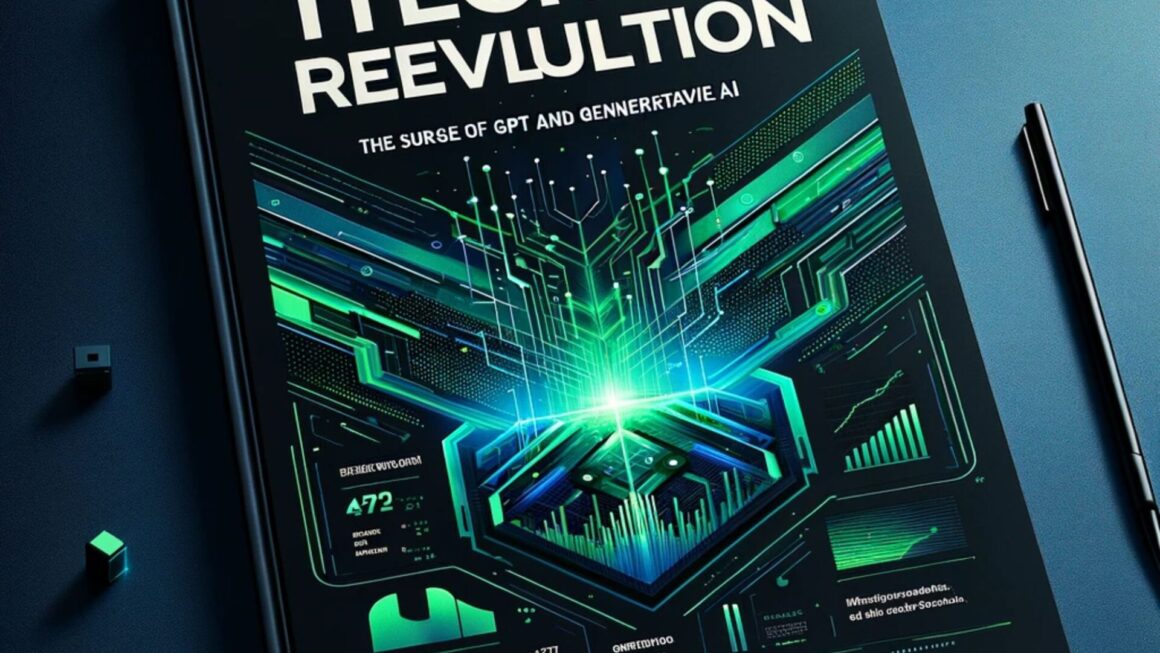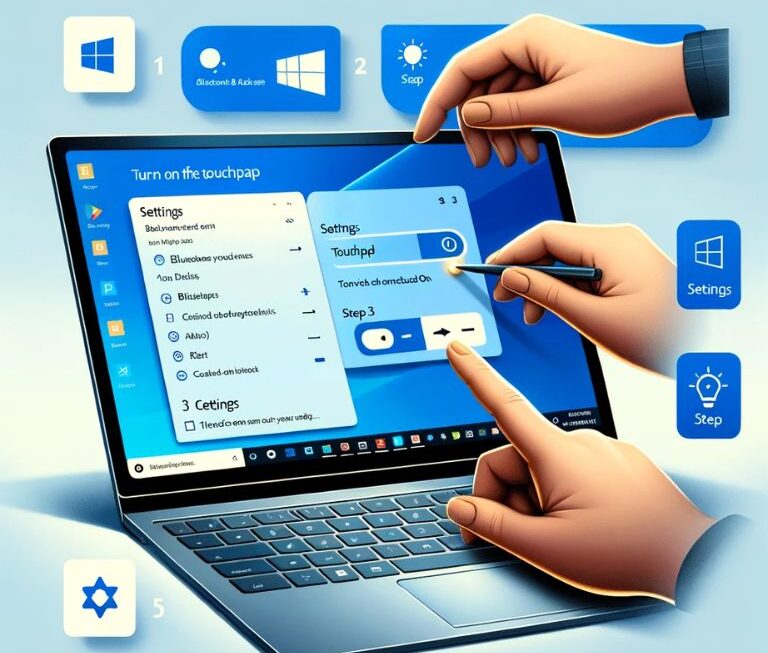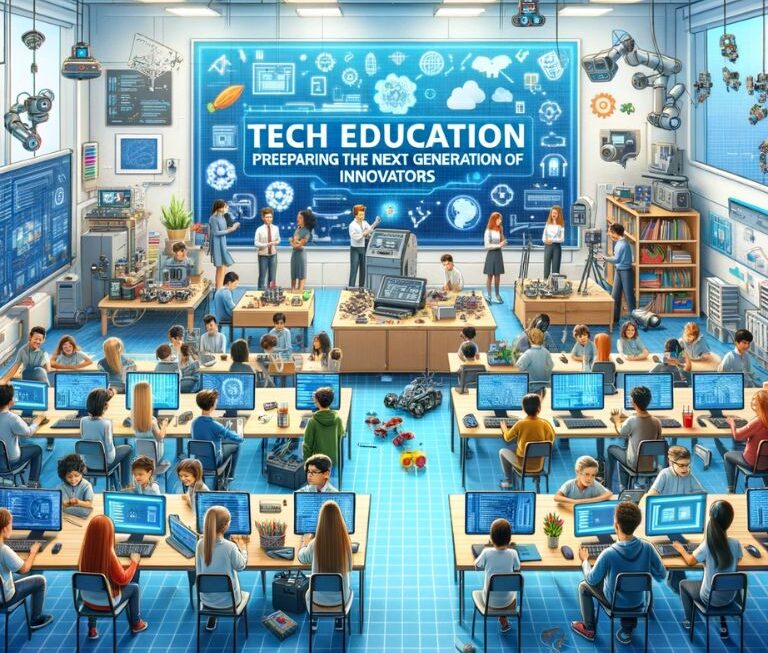As we venture deeper into the 21st century, the realm of computer science and global technology continues to evolve at a breathtaking pace. The year 2023 has witnessed a myriad of technological advancements that are not only reshaping industries but also redefining our everyday lives. These innovations, ranging from the depths of artificial intelligence to the frontiers of space exploration, signify a transformative era in technology.
The significance of these developments cannot be understated. They represent a fusion of cutting-edge research, interdisciplinary collaboration, and a relentless pursuit of pushing the boundaries of what’s possible. In this context, it’s crucial to understand and appreciate these breakthroughs, as they hold the potential to address some of the most pressing challenges of our times, while also opening doors to uncharted territories of innovation and discovery.
One of the most striking aspects of the current technological landscape is its diversity. From developments in sustainable energy and healthcare to advancements in computing and space science, the scope is broad and impactful. This diversity not only reflects the dynamic nature of technology but also highlights the interconnectedness of various fields, where progress in one area can trigger breakthroughs in another.
Generative AI: A New Era of Innovation
The rise of generative AI marks a significant milestone in the field of artificial intelligence, redefining how we create and interact with digital content. In 2023, generative AI has transcended beyond theoretical applications, becoming a practical tool in various industries, from graphic design to content generation.
Understanding Generative AI
Generative AI refers to algorithms that can generate new data that is similar to the data it was trained on. This includes text, images, and even code. The principle behind this technology is not just to analyze and interpret data but to use that understanding to create something new and original.
Applications of Generative AI
- Content Creation: AI-driven tools are now capable of writing articles, composing music, and even creating art, offering a new paradigm in creative fields.
- Design and Modeling: In architecture and product design, AI models can generate numerous design variations, enabling designers to explore a broader range of options more efficiently.
- Entertainment and Media: The film and gaming industries are leveraging AI to generate realistic environments and characters, enhancing the visual experience without the need for extensive manual input.
- Business and Marketing: Companies are using AI to generate marketing copy, reports, and even analyze market trends, streamlining operations and offering insights based on large data sets.
The Impact of Generative AI
The proliferation of generative AI is not without its challenges and ethical considerations. The ability of AI to generate realistic content has raised concerns about authenticity and the potential for misuse in creating misleading information. However, the positive impact of AI in enhancing creativity, reducing repetitive tasks, and aiding discovery cannot be understated.
RISC-V: Democratizing Chip Design

In 2023, a profound shift is being witnessed in the semiconductor industry, largely driven by the emergence of RISC-V (Reduced Instruction Set Computing – V). This open-standard architecture is reshaping the chip design landscape by offering a more accessible and flexible approach to creating processors.
The Evolution of RISC-V
RISC-V, initially developed at the University of California, Berkeley, is an open-source instruction set architecture (ISA). Unlike proprietary ISAs owned by companies like Intel and ARM, RISC-V is freely available for anyone to use, modify, and distribute. This openness is a significant departure from the traditional model of chip design, which often involves licensing fees and restrictions.
Key Features of RISC-V
- Open-Source Model: RISC-V’s open-source nature allows for transparent, collaborative development, reducing costs and accelerating innovation.
- Customizability: Engineers can tailor RISC-V processors to meet specific needs, making it ideal for a wide range of applications from IoT devices to supercomputers.
- Reduced Complexity: The simplified design of RISC-V leads to more efficient processing and lower power consumption, essential for modern electronics.
- Global Adoption: Given its flexibility and cost-effectiveness, RISC-V is being rapidly adopted by startups and tech giants alike for various applications.
The Impact on the Chip Industry
The rise of RISC-V is upending traditional power dynamics in the semiconductor industry. By democratizing the process of chip design, it’s enabling a wave of innovation, particularly among startups who previously faced high barriers to entry. This shift is not only fostering competition but also driving the development of specialized chips that are optimized for specific tasks or emerging technologies.
Advances in Military Drone Technology
The year 2023 has witnessed significant advancements in military drone technology, reflecting a major shift in modern warfare and surveillance capabilities. This evolution is primarily driven by improvements in consumer electronics, communication technologies, and more accessible manufacturing processes.
The Changing Landscape of Drone Warfare
Military drones, once exclusive to a few nations due to high costs and strict export controls, have now become more accessible. Advancements in technology have allowed manufacturers to produce sophisticated drones at a fraction of the previous cost. This democratization of drone technology has profound implications for global security dynamics.
Key Advancements in Drone Technology
Enhanced Surveillance Capabilities:
- Modern drones are equipped with advanced sensors and cameras, allowing for detailed reconnaissance and intelligence gathering.
Increased Accessibility:
- The reduced cost and increased availability of drones have enabled smaller nations and non-state actors to deploy them in various contexts.
Improved Combat Efficiency:
- Drones are being used for precision strikes, reducing the risk to military personnel and increasing the efficiency of operations.
Autonomous Operations:
- Advances in AI have enabled drones to operate more autonomously, making real-time decisions without direct human control.
Impact on Global Security
The widespread availability and enhanced capabilities of drones are altering the nature of conflicts. Drones are now a critical component of national defense strategies, changing the tactics and dynamics of warfare. However, this also raises concerns about the proliferation of such technology and the potential for its misuse.
The Surge of Electric Vehicles
The year 2023 marks a pivotal moment in the automotive industry with the dramatic rise of electric vehicles (EVs). Driven by advancements in battery technology, governmental policies, and a growing consumer consciousness about environmental issues, EVs are moving rapidly from niche markets to mainstream acceptance.
Advancements in Electric Vehicle Technology
Battery Innovations:
- The cost and efficiency of batteries, crucial to the viability of EVs, have improved significantly. Developments in solid-state batteries and lithium-ion technology are increasing energy density, reducing charging times, and extending the lifespan of batteries.
Infrastructure Expansion:
- A significant increase in charging infrastructure globally is making EVs more practical for everyday use. Efforts are underway to expand the network of fast-charging stations, reducing range anxiety for EV owners.
Government Incentives and Regulations:
- Many governments worldwide have introduced incentives for EV purchases and set ambitious targets for phasing out gasoline-powered vehicles. These policies are accelerating the shift towards electric mobility.
Diverse Model Offerings:
- Major automakers are expanding their EV lineups, offering a broader range of models, including SUVs, trucks, and luxury vehicles, appealing to a wider consumer base.
The Impact of Electric Vehicles on the Automotive Industry
The shift towards electric vehicles is more than a technological evolution; it’s a paradigm shift in the automotive industry. This transition is not only about reducing emissions but also about redefining the future of transportation.
DeepMind’s Contribution to Material Science
Google DeepMind has developed advanced AI models that can predict the stability and efficacy of new materials. This process involves generating a vast number of potential material structures and then evaluating their stability and usefulness for various applications.
How DeepMind’s AI Works in Material Discovery
Structure Generation:
- DeepMind’s AI generates billions of potential material structures by making modifications to elements in existing materials.
Stability Prediction:
- The AI employs models like GNoME to predict the decomposition energy of these structures, an indicator of material stability.
Iterative Learning:
- The AI refines its predictions through an iterative learning process, incorporating discoveries from each round into the next.
Application in Real-World Scenarios:
- The discovered materials have implications across numerous industries, from battery technology to computer chips.
The Broader Impact of AI in Material Science
This innovation represents a paradigm shift in how new materials are discovered and developed. The traditional process, often time-consuming and limited in scope, is now augmented by AI’s ability to rapidly generate and evaluate a multitude of possibilities.
Conclusion
The year 2023 marks a pivotal moment in the field of computer science and global technology, showcasing a range of advancements from generative AI to the democratization of chip design, and the strategic implications of military drones. These developments highlight the interconnectedness of various technological sectors, illustrating how progress in one area can catalyze innovation across multiple fields.
As these technologies continue to evolve, they play a crucial role in addressing global challenges, including climate change and healthcare. However, it’s equally important to consider the ethical implications and challenges they present, such as data privacy and equitable access to technology.
Looking ahead, the trends and developments of 2023 pave the way for a dynamic future, emphasizing the importance of responsible innovation and inclusive development. The advancements of this year set the stage for leveraging technology to build a more equitable, sustainable, and prosperous world. As we embrace the future, the ongoing journey of innovation is filled with endless possibilities and opportunities to positively shape our world.




